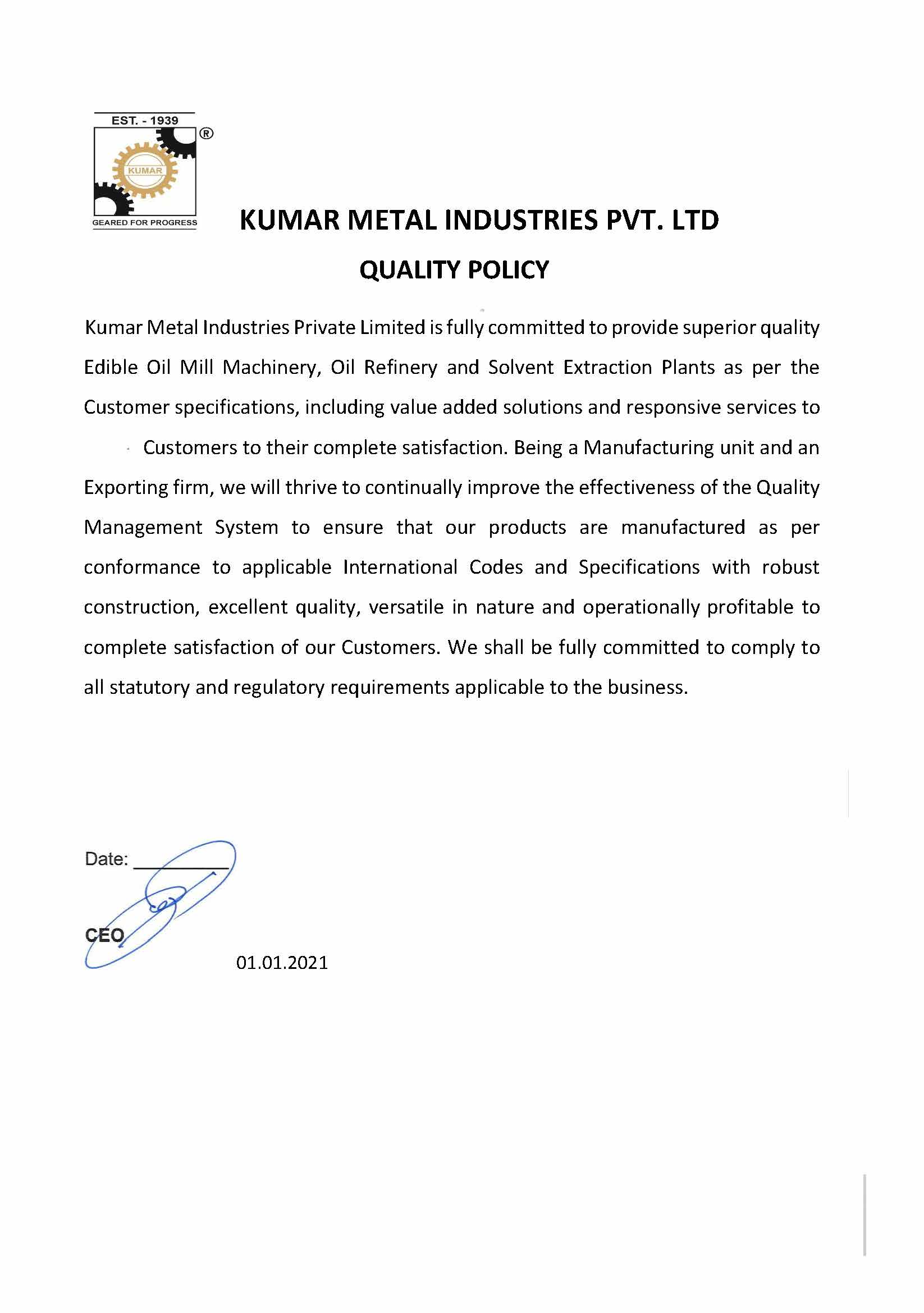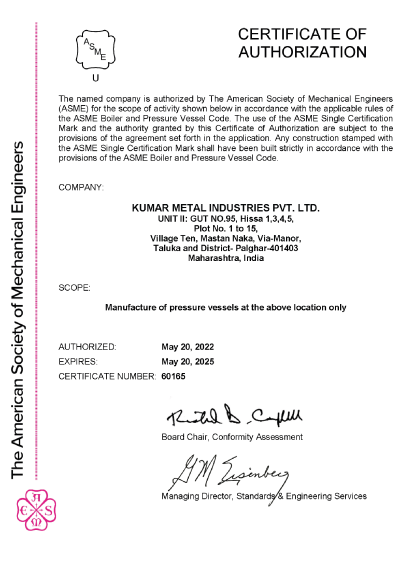
The global political situation has deeply impacted Africa in terms of food security. Edible oil imports, especially, have been hurt by rises in global food prices and disruptions to the supply chain. But groundnut, which is an important edible oil, is traditionally grown in many African countries, so there is no better time than now to set up a groundnut oil extraction plant on the continent. Nigeria is already the third largest groundnut producer, with Senegal, Ghana, Mali and other African countries also cultivating the food crop. Outside the continent as well, groundnut oil extraction serves as a great way to plug edible oil supply gaps as the legume fixes nitrogen into the soil naturally and can avoid the cost of added nitrogenous fertilizers in low-resource settings.
Chemical composition
Groundnut has a thick woody outer covering with 2 or 3 dicotyledonous kernels or seeds embedded inside it. As for its oil, groundnut oil is fairly stable, especially when compared to safflower oil and sunflower oil, due to its relatively lower content of polyunsaturated fatty acids (PUFA). Nonetheless, the light yellow coloured oil with low viscosity and a slightly nutty flavour, has roughly 80% of its lipids unsaturated, with 50% monounsaturated fatty acids and 30% polyunsaturated fatty acids. Compared to corn oil, safflower oil and combinations of soybean and cottonseed oils, groundnut oil has a lower linoleic acid content of about 33%. All of these factors together give groundnut oil long shelf life and make it suitable for human consumption.
Applications: Why invest in groundnut oil production in India or abroad
As we’ve discussed, if you engage in groundnut oil production in India, Africa or elsewhere, you’re likely to find a market for the oil as a salad and cooking oil, with groundnut oil making for a great medium for pan or deep frying. The oil is also used to produce margarine, shortening, mayonnaise, salad dressing and a number of other food products. Beyond the food industry, a groundnut oil extraction plant can supply producers of soaps, detergents and personal care and cosmetic products. Groundnut oil also has some pharmacological applications, so its use is definitely not as only an edible oil.
The evolution of groundnut oil extraction
The groundnut oil processing plant cost in India may be a significant investment today: the costs of a groundnut oil extraction machine, allied equipment and process automation add up. But such advanced technology hasn’t always characterised the typical groundnut oil extraction plant, especially in this country. Groundnut oil extraction has evolved over the years and across regions, and how.
According to an FAO document on groundnut post-harvest operations, ghani mills are indigenous oil crushing equipment which originated from India. In their original form, they comprise just a simple wooden mortar and pestle but have seen rapid improvements in their design, scale and functionality over time.
Initially, the mortar – fixed to the ground – was accompanied by a pestle attached to a single or pair of animals; this simple groundnut oil extraction machine crushed kernels due to friction and pressure, collecting the oil through a hole at the base of the mortar, whereas the remaining cake could be taken out. Animal-powered ghanis were capable of processing 5 to 15 kilograms of kernels at a time. Improvements to this design included the Wardha ghani which could process 100 kg a day.
Eventually, cast iron engine-powered ghanis did away with the need for bullocks for groundnut oil production in India. These power ghanis generally operated in pairs, gaining a crushing capacity of anywhere between 500 to 600 kilograms of kernels per unit per day. These advances were enormous leaps for groundnut oil production in India; they offered the benefits of not just minimising hard human labour, but they also resulted in a higher oil extraction rate per unit of raw materials i.e. groundnut kernels – all while taking up less space and time than bullock-powered machines in use prior to that.
From traditional hand crushing to steel roller mills, the technology underlying a groundnut oil extraction plant has undergone many transformations before it has reached the stage at which it is today. While earlier, freshly pressed oil was valued highly, today, considering the environmental and economic sustainability of groundnut oil production, the industry prefers modern oil expeller machines which give a high oil yield and allow the remaining cake to be made suitable for further solvent extraction and for eventual use in other industries like biofuel or animal feed. Nonetheless, even with state-of-the-art expeller presses for mechanical extraction and efficient machines for solvent extraction, power ghanis may serve as a convenient alternative in rural areas, especially in India and other Asian countries where such machines are indigenous.
Harnessing modern machinery: groundnut oil extraction today
Today, groundnut oil is usually extracted using a combination of mechanical extraction and solvent extraction. These processes involve complex machinery, usually fabricated from high grade stainless steel which ensure efficiency, minimum maintenance and long service life. Kumar’s mechanical extraction range, including the X' Press Series Oil Expeller Max 200, New Super Press Series Oil Expeller, and the New Oil-N-Oil Series Oil Expeller are all excellent options for initial prepressing. Additionally, the CFx Extractor and its allied equipment are ideal for solvent extraction.
Modern expeller mills can process upwards of 350 kg of oilseeds every day. Before pressing, they are subject to preparatory processes like decortication to remove the hulls of the seeds and cooking or conditioning to reduce their moisture content and improve the quality and yield that may be procured from the oil-bearing material. Subsequently, expeller press machines are used, either once or twice, to remove oil from groundnuts which have a fairly high oil content. The extracted oil is then filtered to remove suspended particles. Since even the best expeller press will leave about 6% of oil behind in the cake, the remaining oil cake is then taken to the solvent extraction process where solvents like hexane are used to further strip the cake of oil, ensuring as high a yield from the groundnuts as possible. So even though a modern groundnut oil extraction plant requires a significant investment, in the long run, it pays off due to the scale of the operation and higher oil yield per unit of raw materials. It also allows groundnut oil producers to earn a minor additional income from providing the by-products of the process to other industries, for which they are useful resources.
Over the years, the groundnut oil processing plant cost in India has risen significantly, as has the complexity and scale of the operation. But these advancements pay off, especially in times like today, when the world is grappling with an edible oil shortage and groundnut oil could be the solution. Kumar Metal Industries understand today’s compulsions and guarantee innovative engineering solutions and superior manufacturing standards so that you can enhance your efficiency and optimise your operating costs. Talk to us as you embark on a journey to deliver your next successful oil processing plant.
Request a callback
Since 1939, Kumar has been delivering dependable process engineering solutions to the oils and fats industry. We're known for our robustly engineered, versatile, and operationally profitable plant and machinery. It's why customers all over the world depend on us to solve their processing challenges, big or small. If you'd like to know more about our solutions, please fill out the form below:
"*" indicates required fields



















